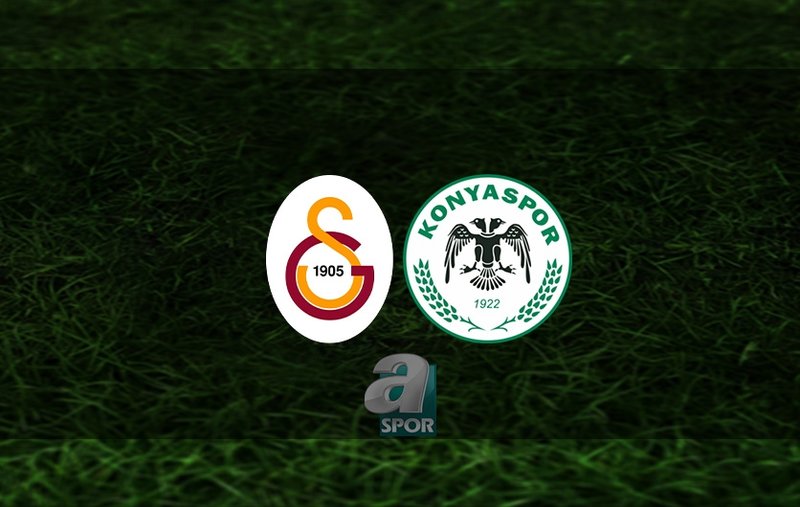NOS
NOS Nieuws•vandaag, 10:17
-
Chiem Balduk
Foreign Editor
-
Chiem Balduk
Foreign Editor
The year 2023 did not bring Ukraine what it hoped for. Occupied territories were not liberated, Russia survived and Western support crumbled.
“Not everything went as quickly as expected,” gives President Zelensky this week. “But Putin is certainly not winning.” Because indeed, Russia also made little progress in the past year.
2024 promises to be another crucial year for Ukraine. Both at the front and in the air as well as in domestic and foreign policy. These challenges await the country in the coming year.
1. The battlefield
Ukraine’s goal remains clear: to liberate all occupied territories. Unlike last year, Ukrainian government officials are not making any promises or expectations. However, Zelensky leaves in one new year interview with The Economist hinted that the focus is on Crimea and the Black Sea. While Russia mainly focuses on the Donbas region.
Ukraine appears keen to isolate Crimea, says defense expert Peter Wijninga of the Hague think tank HCSS. In recent months, the ports have been continuously bombarded, forcing the Russian Black Sea Fleet to relocate. What remains is the Crimean Bridge. “That’s a goal this year. If you destroy it, Crimea will be separated from Russia.”
A new Ukrainian counter-offensive is absolutely possible, says Ukrainian analyst Oleksandr Mushenko of the Center for Military-Legal Studies. “When depends on the supply of Western weapons. And first the current Russian offensives in the east must be stopped.” In addition, the required hundreds of thousands of new soldiers must be trained.
In 2023, Ukraine liberated small pieces of land, but also lost some:
NOS / Harm KerstenTerrain gains and losses for Ukraine in 2023
He considers the most promising option to be a breakthrough on the east bank of the Dnieper near Kherson. Ukraine has been able to hold positions there for months. “We are waiting for better weather conditions to advance further towards Crimea.” Meanwhile, Ukraine is building defense lines in the east and north, because a new Russian offensive towards Kyiv remains a real threat, Mushenko said.
2. The sky
The battle scene is increasingly moving into the air. “It is becoming more and more of a missile war,” says Wijninga, referring to the massive air strikes in recent days. Conversely, Ukraine is also working on its own long-range weapons. “Moscow is not safe.”
In addition, Ukrainians are waiting hopefully for the delivery of F-16s, including from the Netherlands. “That offers opportunities to attack Crimea, the Russian fleet and logistics routes on the one hand, and on the other hand it serves as air defense,” Mushenko said. There is one but: “The effect depends on how much ammunition is supplied.”
3. Maintain unity
With an ongoing war, unity also comes under pressure. There are visible tensions between the Ukrainian political and military leadership and the planned expansion of mobilization is leading to dissatisfaction. These cracks should not be unnecessarily magnified, says Mushenko.
“Russia is trying to undermine our will to fight by pushing for negotiations. Moscow wants to create the idea that a war of attrition is in the Russians’ favor because they are bigger.” Mushenko hopes that the doom-mongering about this will disappear: “There are still plenty of opportunities for Ukraine to make territorial gains.”
The country cannot accept the current frontline status quo, place researchers from the American think tank ISW. This “new border” would be very detrimental to Ukraine for many reasons. Too many crucial industries and major cities such as Odesa and Dnipro are then too close to the front line to function and prosper in the event of a ceasefire, the researchers said.
In addition to Kharkiv in the northeast, five of Ukraine’s ten largest cities are close to the front line:
NOS Five of the ten largest cities in Ukraine are located near the southern front
4. The allies
Broad Western support is no longer self-evident. Both American and European support have been frozen, due to Republican and Hungarian opposition. Kyiv remains hopeful that both blockades will be lifted, but upcoming elections increase the uncertainty.
The will to expand support appears limited. Northern European countries in particular have pledged new support in recent months; countries such as France and Italy are lagging behind. Germany leads European support, but Berlin remains hesitant for example, to deliver the desired Taurus long-range missiles. According to experts, the current support is insufficient for a victory.
Mushenko: “Russia can produce a lot, but it still needs North Korea to survive. The Americans and Europeans can produce much more together if they want.”
5. Maintaining urgency
After almost two years, the war in Ukraine is fading into the background in the West, including in the press and politics. “The West has lost the sense of urgency and many Ukrainians the sense of existential threat,” Zelensky said. new year interview.
EPAZelensky at last summer’s NATO summit, with Scholz (Germany), Macron (France), Kishida (Japan) and Biden (USA)
But the Russian threat remains. Putin repeatedly shows that his hunger for land has not been satisfied. Cities like Odesa belong to Russia, he said last month. The criticism against other neighboring countries, such as Finland, is also undisguised threats expressed.
Ukraine therefore repeatedly emphasizes the danger that Russia poses to the rest of Europe. Also Western European leaders warn, following the example of Central and Eastern European leaders, more emphatically in favor of a war with Russia. Analyst Mushenko is clear: “If Ukraine loses, Russia moves on.”
2024-01-06 09:17:20
#America #Black #Sea #Ukraine #face #challenges


